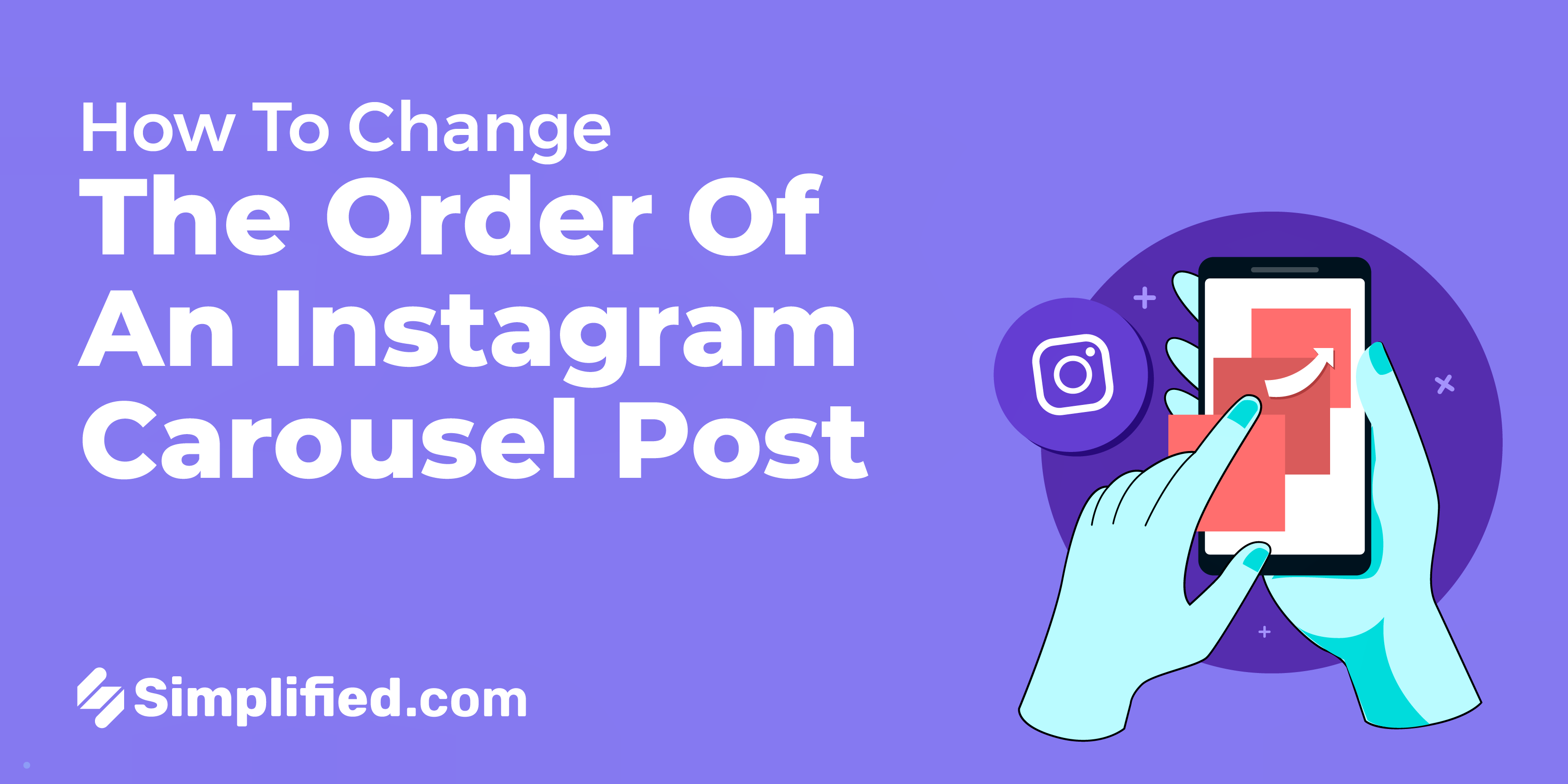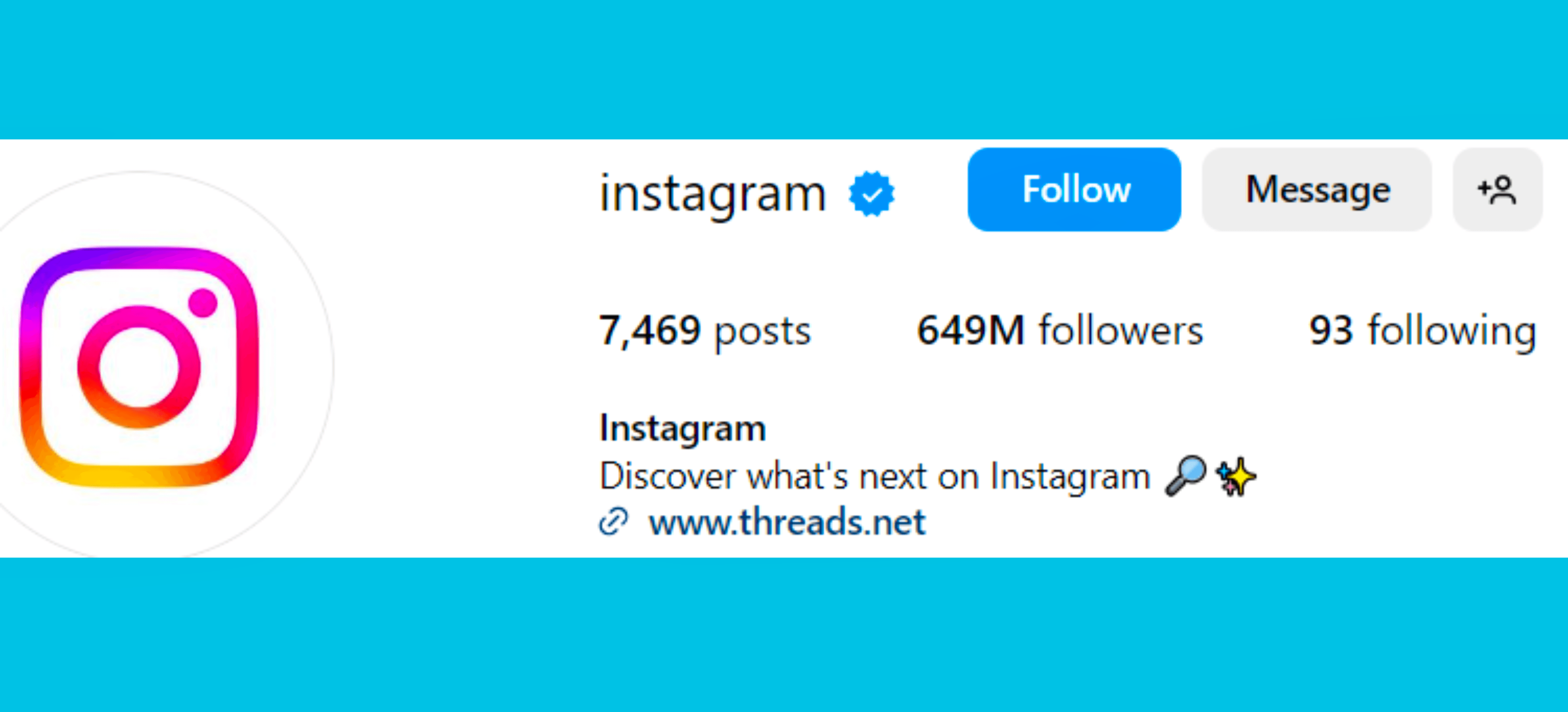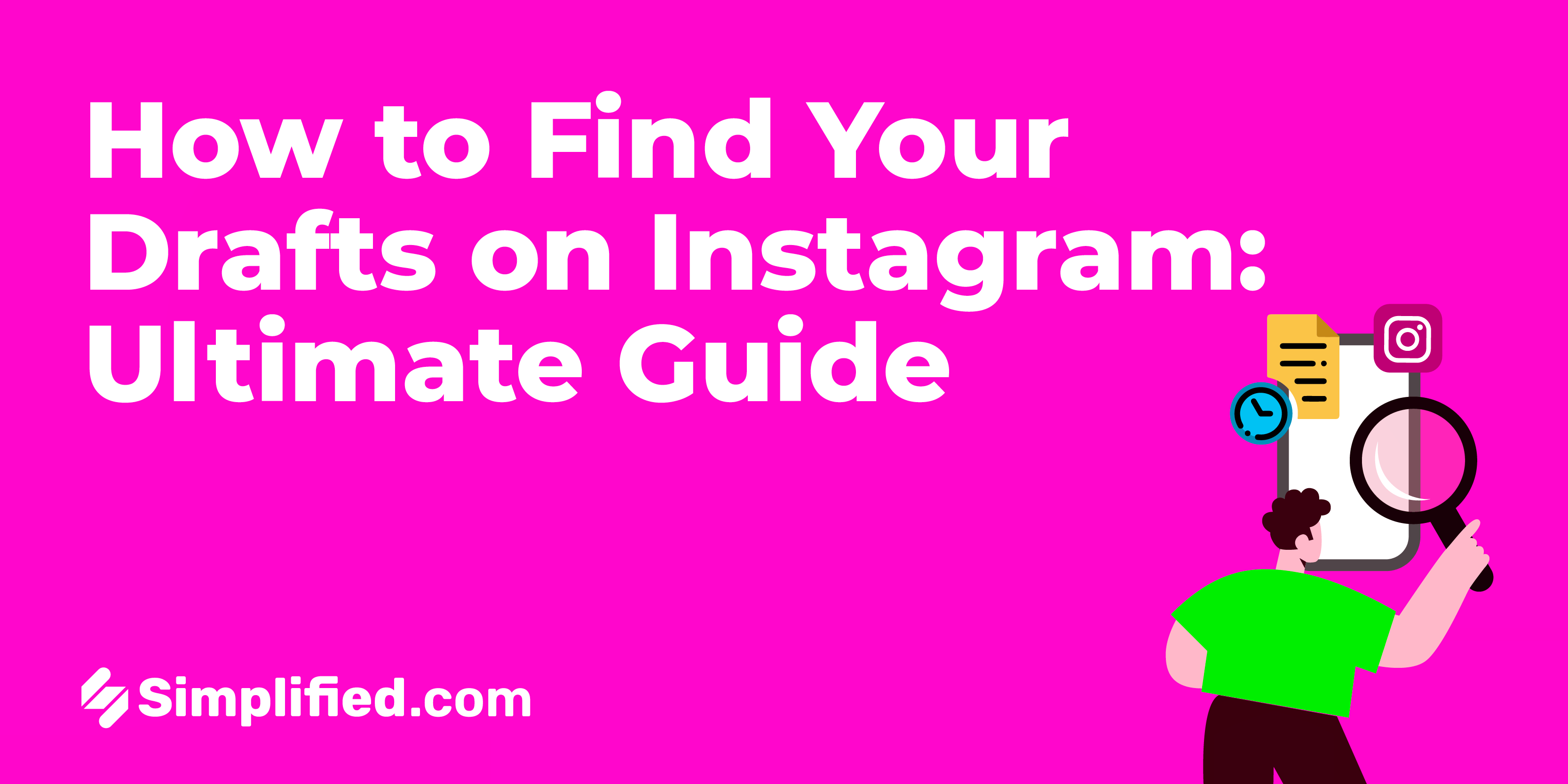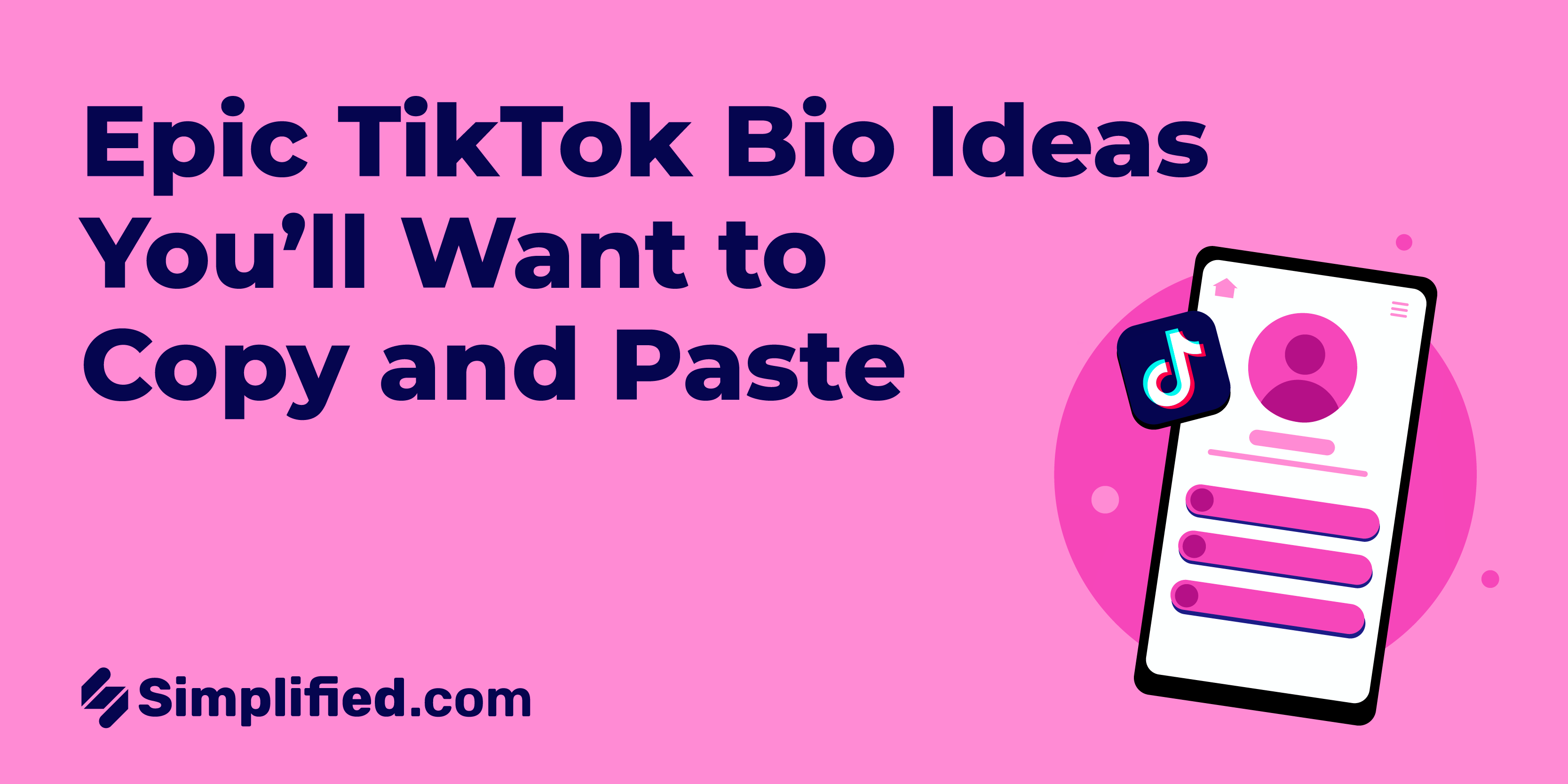In the ever-evolving landscape of social media, new terminologies and technologies are continuously reshaping the way we connect, share, and engage with digital content. One such groundbreaking concept that has found its way into the realm of social media is "Virtual Reality" or VR. In this comprehensive guide, we'll dive deep into what Virtual Reality means, where it can be applied in the social media context, and its implications for businesses and social media marketing.
What is Virtual Reality (VR)?
Virtual Reality, commonly abbreviated as VR, is a technology that creates a simulated, immersive environment that users can interact with. Unlike traditional media experiences that are passive, VR allows individuals to become active participants in a computer-generated world. This technology employs a combination of hardware and software to replicate the sights, sounds, and even physical sensations of a digital environment.
Where VR Fits in Social Media:
1. VR Social Platforms: VR is finding its place in social media through VR social platforms. These platforms enable users to create avatars and engage in a virtual world, where they can interact with other users in real-time. Facebook's Oculus and platforms like VRChat are examples of VR social platforms. These spaces allow for a more immersive and personal form of social interaction, bringing people together in a shared virtual space.
2. VR Content Creation: VR is also influencing content creation on social media. Users can create and share 360-degree videos and VR experiences, allowing their followers to explore environments and events as if they were physically present. This can be particularly powerful for businesses looking to showcase products or experiences in a more engaging and interactive way.
3. Live VR Events: Another exciting application of VR in social media is the ability to attend live events in a virtual environment. For instance, music festivals, conferences, and sports events can be experienced in VR, offering users a front-row seat from the comfort of their homes. These immersive experiences can be streamed on social media platforms, providing an entirely new dimension to event participation.
4. Virtual Reality Ads: Businesses are also leveraging VR for advertising on social media. VR ads allow users to engage with a product or service in a more tangible way. For example, users can virtually try on clothes or test drive a car, creating a more memorable and interactive advertising experience.
.webp)













